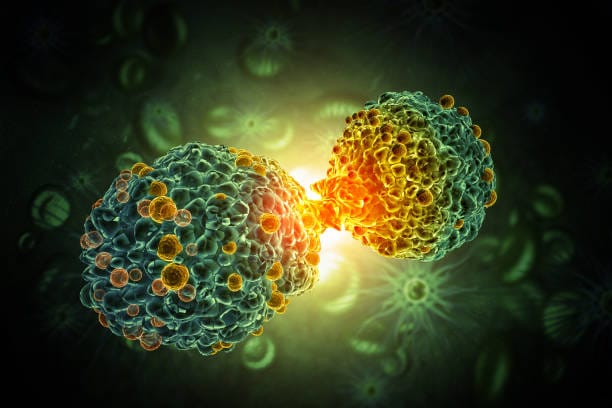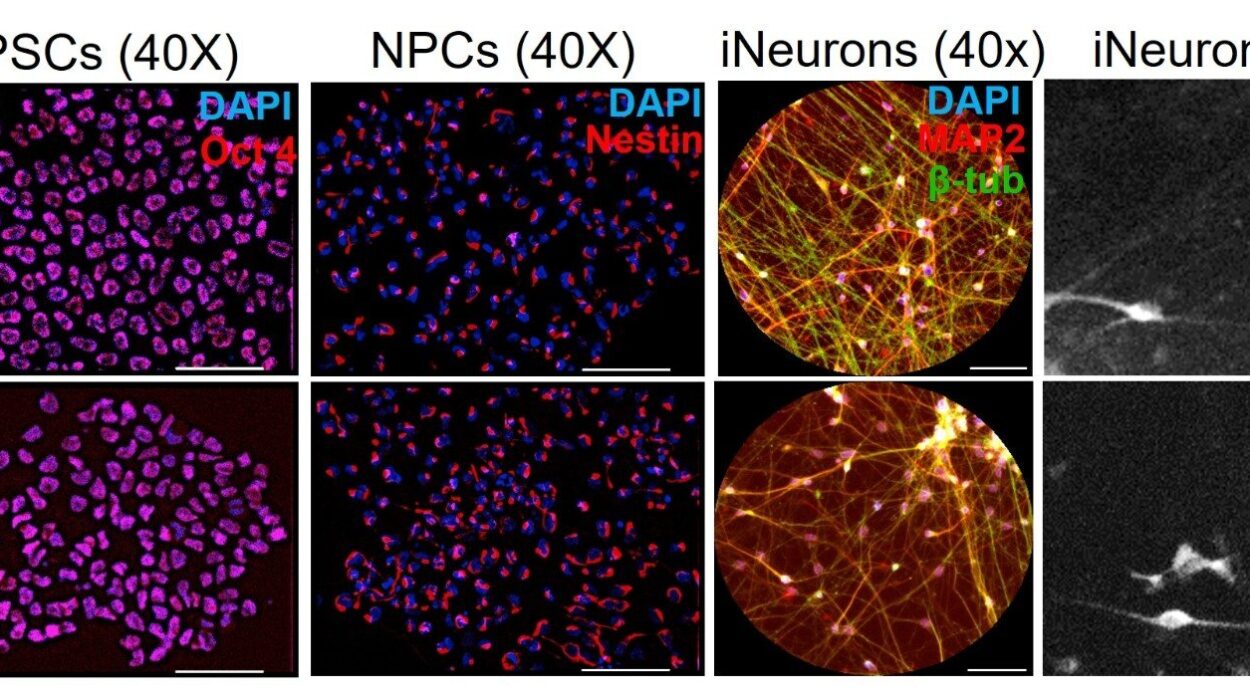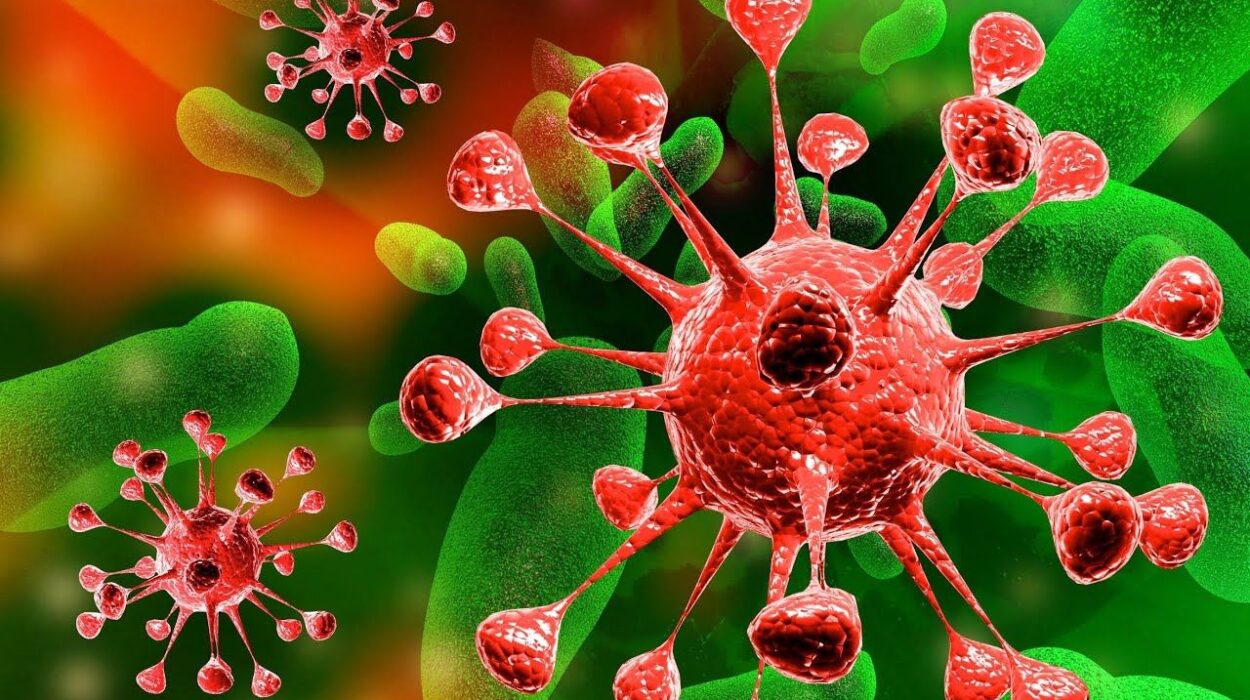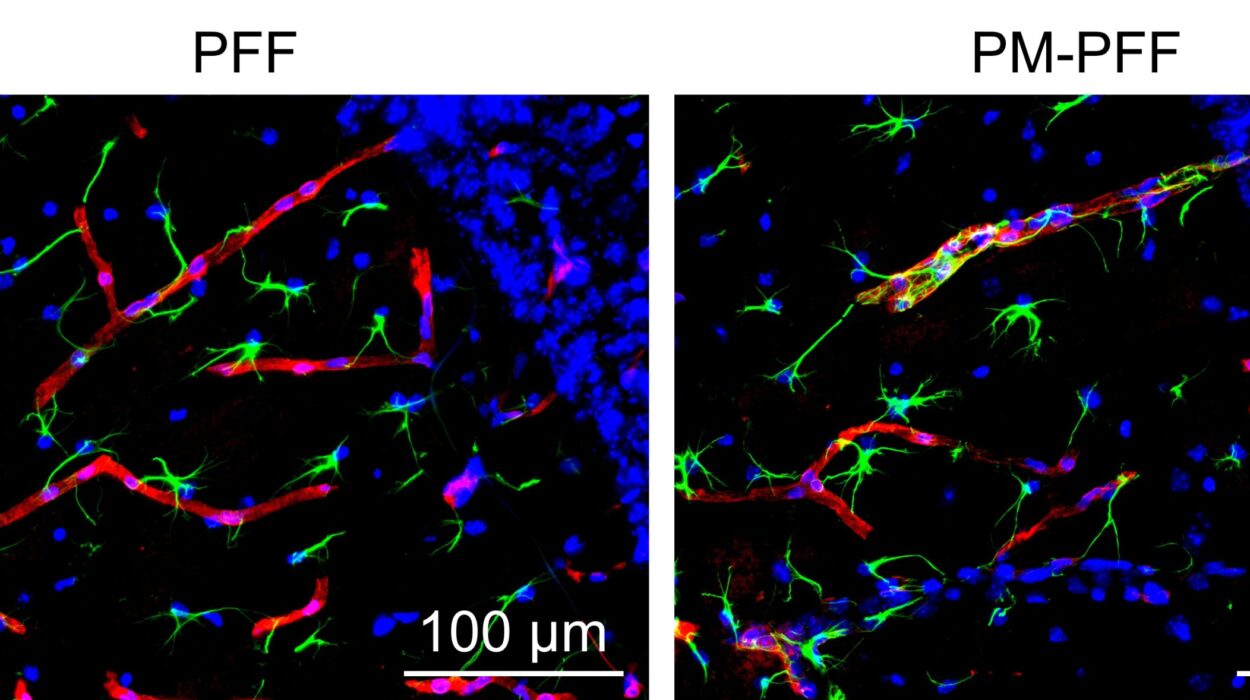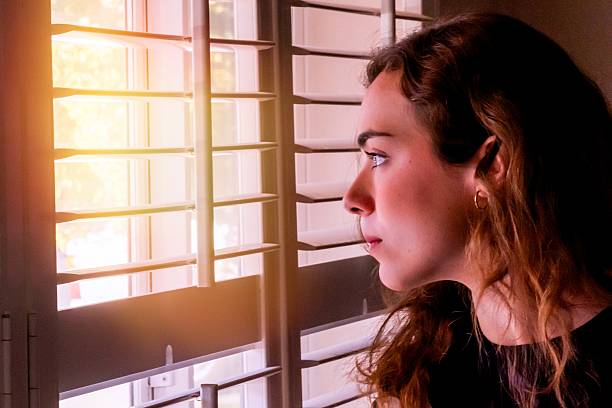Cancer is not a foreign invader, like a virus or bacterium. It is, in its essence, a tragic twist of the self—our own cells turned rogue. It arises quietly, often without warning, rooted in the very processes that allow life to flourish: growth, repair, reproduction. This paradox is what makes cancer so emotionally haunting and scientifically compelling. It emerges from the same biology that lets us heal a wound or grow a child, yet its path is one of destruction.
Understanding the causes of cancer is not only about uncovering the biological mechanisms behind a terrifying disease. It is about decoding a mystery as old as multicellular life itself. Why do some cells rebel? Why do some people develop cancer while others, with similar habits, escape its reach? What subtle forces in our environment, our genes, and our behaviors tip the balance?
The journey toward these answers is both heartbreaking and illuminating. It’s a journey through the microcosm of DNA, the complexity of cellular machinery, and the vast interplay between nature and nurture. To understand cancer is to look into the heart of biology—and into the shadow it inevitably casts.
A Disease Known Since Antiquity
Cancer is not a modern affliction. The earliest recorded descriptions date back thousands of years, with evidence of bone tumors found in ancient Egyptian mummies. The word “cancer” itself comes from the Greek karkinos, meaning crab, because the finger-like projections of tumors were said to resemble the limbs of a crustacean.
Yet for most of human history, cancer was a death sentence, shrouded in mystery and myth. Causes were blamed on imbalances of bodily fluids, curses, or divine punishment. There was no knowledge of cells, let alone DNA or mutations. The real understanding of what cancer is—and what causes it—would not begin to unfold until the 19th and 20th centuries, when microscopes became powerful enough to reveal a hidden world within.
Even today, despite remarkable advances in treatment and early detection, cancer remains a leading cause of death worldwide. It is not one disease but many, each with its own causes, behaviors, and trajectories. Breast cancer behaves very differently from pancreatic cancer; leukemia is a far cry from melanoma. Still, they all share one haunting characteristic: cells that do not know when to stop.
Life’s Code—and Its Fragility
At the heart of every cancer is a story written in DNA. Our genetic code, composed of billions of chemical letters, contains the instructions for every cell in our body. It tells cells when to divide, when to specialize, and when to die. These instructions are essential for life—but they are also susceptible to damage.
Every time a cell divides, it must replicate its DNA. This process, though astonishingly accurate, is not perfect. Errors—called mutations—can occur. Most are harmless, corrected by repair enzymes or leading to cell death. But some mutations slip through. Some even occur in critical genes that regulate cell growth or DNA repair. Over time, these mutations can accumulate, especially if the body’s surveillance systems fail.
When enough key mutations occur in the right (or wrong) combination, the result can be catastrophic. The cell becomes immortal. It continues dividing, ignoring signals to stop, evading the immune system, and sometimes even spreading to distant organs. What was once a healthy cell has become a cancer cell—defined not by its type, but by its disobedience.
The Role of Oncogenes and Tumor Suppressors
Modern cancer biology centers around two categories of genes: oncogenes and tumor suppressor genes. Oncogenes are like gas pedals; when mutated or overactive, they push cells to divide uncontrollably. Tumor suppressor genes are like brakes; when these are damaged or missing, cells lose their ability to slow down or self-destruct when things go wrong.
Perhaps the most famous tumor suppressor is TP53, sometimes called the “guardian of the genome.” It detects DNA damage and either halts the cell cycle to allow repair or initiates apoptosis—cellular suicide—if the damage is too great. In over half of all cancers, TP53 is mutated or silenced. Its absence is a green light for chaos.
Oncogenes, on the other hand, are often mutated versions of normal genes (called proto-oncogenes) that have roles in growth and development. When these genes go haywire—due to mutation, amplification, or chromosomal rearrangement—they can hijack the cell’s machinery and drive relentless proliferation. One such gene is RAS, mutated in about 30% of all cancers. Once activated, mutant RAS sends constant signals telling the cell to grow, grow, grow.
Cancer, then, is not caused by a single mutation but by a sequence of genetic “hits”—each one loosening the restraints on cell growth, leading eventually to full-blown malignancy.
The Environmental Triggers
While mutations can arise spontaneously, many are triggered by external factors—substances or exposures that damage DNA or promote abnormal cell growth. These are called carcinogens, and they come in many forms.
Tobacco smoke is one of the most potent carcinogens known. It contains thousands of chemicals, including benzene and formaldehyde, many of which directly damage DNA. Lung cancer, once rare, skyrocketed in the 20th century as cigarette smoking became widespread. Even decades after quitting, former smokers carry a heightened risk—evidence of how deep and lasting tobacco’s molecular impact can be.
Radiation is another powerful carcinogen. Ultraviolet (UV) radiation from sunlight can cause skin cancers like melanoma, by inducing mutations in genes that regulate cell division. Ionizing radiation, such as from nuclear accidents or medical imaging, can penetrate deep into tissue and disrupt DNA directly. Survivors of Hiroshima, Chernobyl, and now Fukushima have all faced increased cancer risk due to radiation exposure.
Chemical carcinogens abound in industrial settings, pollution, certain cosmetics, and even our food. Asbestos fibers, once common in construction, are notorious for causing mesothelioma. Aflatoxin, a toxin produced by molds in poorly stored grains, can cause liver cancer. Processed meats have been linked to colorectal cancer, possibly due to preservatives like nitrates that can convert into carcinogenic compounds in the gut.
In many cases, it’s not just the presence of a carcinogen, but the dose, duration, and individual susceptibility that determine risk. This interplay between environment and genetics is key to understanding why some people exposed to the same triggers develop cancer while others do not.
Infections That Open the Door
Though we often think of cancer as a purely non-infectious disease, certain viruses, bacteria, and parasites can play a significant role in its development. These pathogens can either directly insert their genetic material into our DNA or cause chronic inflammation that leads to cellular damage.
Human papillomavirus (HPV) is a prime example. Certain strains of HPV are known to cause cervical cancer by inserting viral DNA into human cells, disrupting tumor suppressor genes like p53 and RB. Widespread HPV vaccination has already begun to reduce cervical cancer rates in countries with high vaccine coverage.
Another major player is hepatitis B and C viruses (HBV and HCV), which cause chronic liver inflammation and greatly increase the risk of hepatocellular carcinoma. Similarly, Helicobacter pylori, a bacterium that lives in the stomach lining, can cause ulcers and is a known risk factor for gastric cancer. Even a parasite, Schistosoma haematobium, has been linked to bladder cancer in areas where it is endemic.
These examples show how cancer can sometimes arise not just from within, but from biological intrusions that subtly—or not so subtly—disrupt the delicate balance of cellular life.
The Genetic Lottery
Not all cancer risk comes from outside. Some people are born with genetic mutations that predispose them to certain cancers. These inherited mutations are present in every cell of the body from birth and can dramatically increase the odds of developing cancer at an earlier age.
One of the most well-known inherited mutations involves the BRCA1 and BRCA2 genes, which help repair DNA. When these genes are faulty, the risk of breast, ovarian, and other cancers rises significantly. Angelina Jolie’s public decision to undergo preventive surgery after discovering her BRCA mutation sparked global conversation about genetic risk and proactive medicine.
Inherited cancer syndromes are relatively rare—accounting for about 5–10% of all cancers—but their impact is profound. Families with Lynch syndrome face a high risk of colon and endometrial cancer. Those with Li-Fraumeni syndrome carry a mutated TP53 gene and can develop a wide array of cancers, often at young ages.
Genetic testing now allows people to understand their inherited risks in unprecedented detail. But it also raises complex ethical and emotional questions: Should children be tested? What do you do with this knowledge? Can knowing your genetic fate bring empowerment, or only fear?
Inflammation, Hormones, and the Internal Environment
The internal landscape of the body also influences cancer risk. Chronic inflammation—whether from autoimmune disease, obesity, infection, or environmental irritants—can damage tissue and promote cellular mutations. Inflammatory molecules like cytokines create a hostile microenvironment, one where cells may mutate, adapt, and thrive in abnormal ways.
Hormones, too, can play a role. Estrogen and progesterone influence breast tissue growth, and excessive or prolonged exposure has been linked to breast and endometrial cancers. Hormone replacement therapy, once widely used for menopausal symptoms, has been reevaluated in light of these risks. Similarly, prostate cancer is sensitive to androgens like testosterone.
Even stress, though not a direct cause of cancer, can influence behaviors—like smoking, drinking, or neglecting health—that increase risk. It can also affect the immune system’s ability to detect and eliminate cancer cells early in their development.
Cancer as Evolution Within
One of the most profound shifts in cancer research has been the understanding of cancer as a form of evolution. Within a tumor, millions of cells are competing, mutating, and adapting. Some die off. Others become more aggressive. The process mirrors natural selection—only on a microscopic, life-threatening scale.
This idea helps explain why cancers become resistant to treatment. Chemotherapy may kill 99% of tumor cells, but if even a few cells carry mutations that allow them to survive, those will proliferate and dominate. The cancer returns, often more dangerous than before.
This evolutionary view is not just academic. It shapes how we develop treatments, using combinations of drugs, adaptive therapy, and genetic profiling to stay one step ahead of the disease. It reminds us that cancer is not a static enemy but a shape-shifter—adaptable, persistent, and deeply embedded in the very rules of life.
A Dance of Risk and Probability
One of the most frustrating truths about cancer is that sometimes, there is no clear reason. Two people may live identical lifestyles; one develops cancer, the other does not. A lifelong smoker may never get lung cancer, while a fitness-conscious non-smoker might. This randomness is not due to fate or punishment—it is due to probability.
Cancer is, at its core, a numbers game. Every cell division is a chance for mutation. The more divisions, the more chances. Organs with high turnover rates—like the skin, colon, or breast—are statistically more prone to cancer. The longer we live, the more mutations accumulate. This is why age is the single biggest risk factor for most cancers.
But randomness is not the whole story. We can reduce risk—by not smoking, eating well, exercising, vaccinating, avoiding known carcinogens. These actions don’t guarantee protection, but they tip the odds in our favor. In a world of uncertainty, they offer agency. And that matters.
Toward a Deeper Understanding
Understanding the causes of cancer is not just about pinpointing blame. It is about seeing the full complexity of a disease that is as biological as it is personal. It is about acknowledging that cancer is not always preventable—but often, it is modifiable. It is not about guilt or shame, but about knowledge and empowerment.
We now know more than ever before about what drives cancer—from the twisted spirals of DNA to the pollutants in our air. But we are also learning to think differently. We are discovering ways to predict which mutations matter, how to interrupt the process, and how to catch cancer before it takes root.
Still, science can only go so far. The causes of cancer are rooted in life itself—its dynamism, its fragility, its unyielding drive to grow. Perhaps the greatest insight is this: to understand cancer is to better understand life, in all its brilliance and vulnerability.
